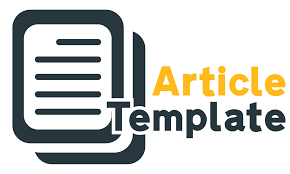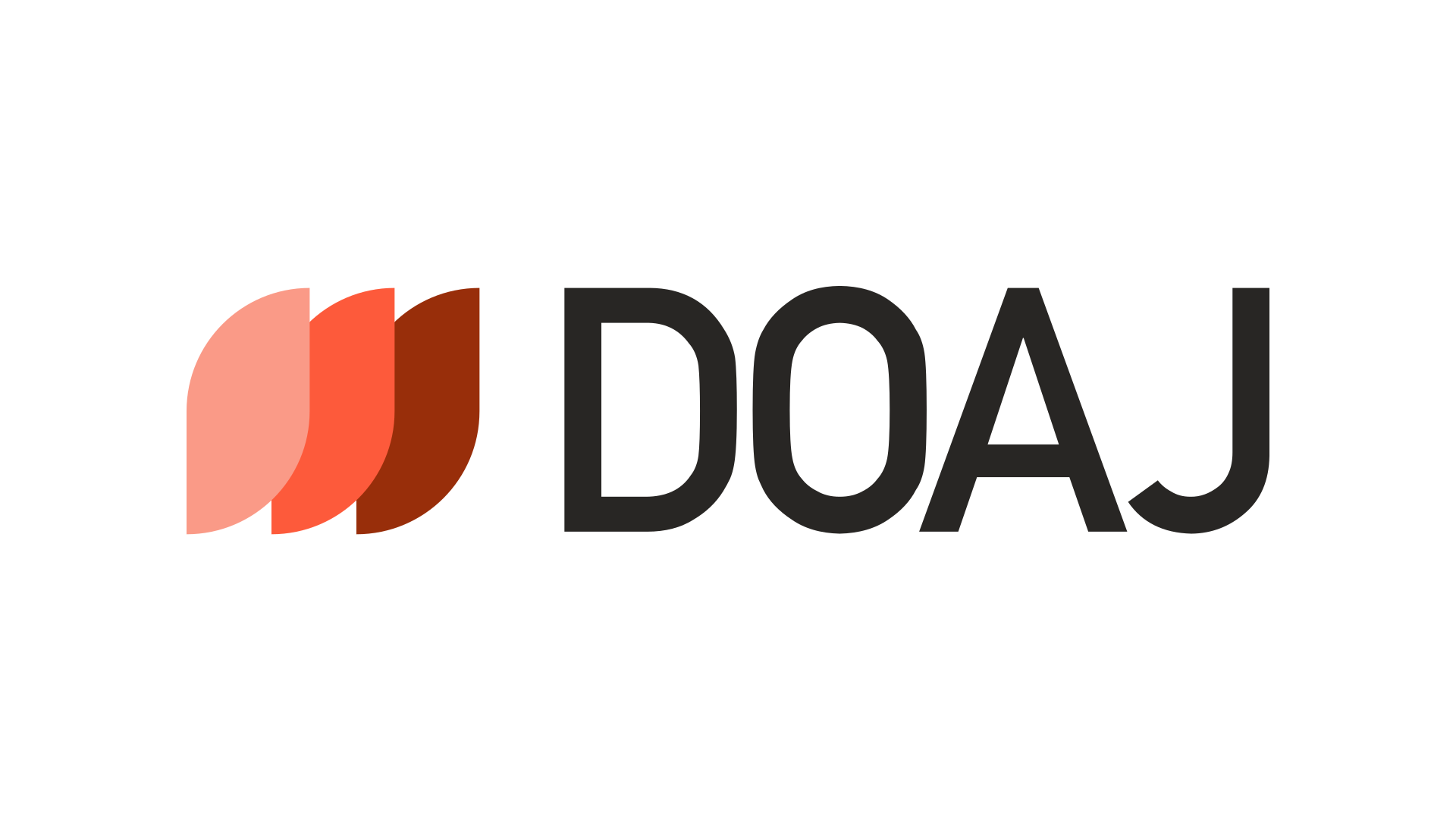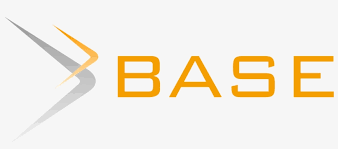THE ROLE OF DIGITAL LITERACY AND TECHNOLOGY ADOPTION IN FACILITATING SOCIAL TRANSFORMATION IN AFGHANISTAN
DOI:
https://doi.org/10.38043/jids.v9i2.6809Keywords:
Digital literacy, Technology adoption, Digital competence, Digital skills, Digital transformationAbstract
In Afghanistan, the rate of technological development is balanced by the challenges of digital literacy due to sociopolitical instability, the lack of infrastructure, and educational disparities. This research not only examined the landscape of digital literacy and technology use for Afghan adults, but also the challenges and opportunities around using technology. A quantitative cross-sectional design was employed and data were collected from 300 individuals aged 18 and older, representing urban and rural areas. Demographic representation was assured through purposive sampling by gender, age, education, and occupation. Data to assess participants digital skills, technology use, and perceived barriers to digital literacy and technology were collected through a five-point Likert scale questionnaire which relied on previously validated digital literacy frameworks. The participants completed the survey questions either face-to- face as part of an interview, or an online survey available in Dari and Pashto. The findings indicate that there are considerable gaps in access to, and skills to use, digital technologies, especially for rural and lesser educated groups, and identify distance and as a consequence reinforcing the digital divide in Afghanistan.This study fills a major gap in the research literature on digital literacies and provides an empirical study from a conflict-affected country such as Afghanistan, which is one of the few on this topic. This study also provides insights into complex links between sociopolitical instability and gender inequities and educational impediments to digital exclusion. The study underscores the need for improved access to technology and infrastructure as key factors in digital literacy initiatives. By presenting data-driven evidence from Afghanistan, this research adds a critical perspective to global digital literacy discussions, serving as a model for similar contexts. Policymakers and development organizations can use these findings to close digital divides and foster long-term digital empowerment in Afghanistan.
Downloads
References
Cetindamar, D., Abedin, B., & Shirahada, K. (2021). The role of employees in digital transformation: a preliminary study on how employees digital literacy impacts use of digital technologies. IEEE Transactions on Engineering Management. https://doi.org/10.1109/TEM.2021.3087724
Churchill, N. (2020). Development of students digital literacy skills through digital storytelling with mobile devices. Educational Media International, 57(3), 271-284. https://doi.org/10.1080/09523987.2020.1833680
Csernoch, M., & Bir, P. (2015). The power in digital literacy and algorithmic skill. Procedia-Social and Behavioral Sciences, 174, 550-559. https://doi.org/10.1016/j.sbspro.2015.01.705
Edwards, M. (2014). Digital Literacy Instruction in Afghanistan. In Digital Rhetoric and Global Literacies: Communication Modes and Digital Practices in the Networked World (pp. 209-225). IGI Global Scientific Publishing. https://www.igi-global.com/chapter/digital-literacy-instruction-in-afghanistan/103394
Feerrar, J. (2019). Development of a framework for digital literacy. Reference Services Review, 47(2), 91-105. https://doi.org/10.1108/RSR-01-2019-0002
Hamutolu, N. B., Sava, M., & Sezen-Gltekin, G. (2019). Digital literacy skills and attitudes towards e-learning. Journal of Education and Future, (16), 93-107. https://doi.org/10.30786/jef.509293
Jauhiainen, J. S., Eyvazlu, D., Junnila, J., & Virnes, A. (2022). Digital divides, the Internet and social media uses among Afghans in Iran. Technology in Society, 70, 102057. https://doi.org/10.1016/j.techsoc.2022.102057
Marn, V. I., & Castaneda, L. (2022). Developing digital literacy for teaching and learning. In Handbook of open, distance and digital education (pp. 1-20). Singapore: Springer Nature Singapore. https://doi.org/10.1007/978-981-19-0351-9_64-1
McDougall, J., Readman, M., & Wilkinson, P. (2018). The uses of (digital) literacy. Learning, media and technology, 43(3), 263-279. https://doi.org/10.1080/17439884.2018.1462206
McGuinness, C., & Fulton, C. (2019). Digital literacy in higher education: A case study of student engagement with e-tutorials using blended learning. Journal of information technology education: Innovations in practice, 18, 001-028. https://doi.org/10.28945/4190
Mohammadyari, S., & Singh, H. (2015). Understanding the effect of e-learning on individual performance: The role of digital literacy. Computers & Education, 82, 11-25. https://doi.org/10.1016/j.compedu.2014.10.025
Nazari, Z., & Musilek, P. (2023, November). The gender digital divide and education in Afghanistan: a review. In 2023 IEEE International Humanitarian Technology Conference (IHTC) (pp. 1-7). IEEE. https://doi.org/10.1109/IHTC58960.2023.10508864
Neumeyer, X., Santos, S. C., & Morris, M. H. (2020). Overcoming barriers to technology adoption when fostering entrepreneurship among the poor: The role of technology and digital literacy. IEEE Transactions on Engineering Management, 68(6), 1605-1618. https://doi.org/10.1109/TEM.2020.2989740
Nikou, S., De Reuver, M., & Mahboob Kanafi, M. (2022). Workplace literacy skillshow information and digital literacy affect adoption of digital technology. Journal of Documentation, 78(7), 371-391. https://doi.org/10.1108/JD-12-2021-0241
Peng, D., & Yu, Z. (2022). A literature review of digital literacy over two decades. Education Research International, 2022(1), 2533413. https://doi.org/10.1155/2022/2533413
Rodrguez-de-Dios, I., Igartua, J. J., & Gonzlez-Vzquez, A. (2016, November). Development and validation of a digital literacy scale for teenagers. In Proceedings of the fourth international conference on technological ecosystems for enhancing multiculturality (pp. 1067-1072). https://doi.org/10.1145/3012430.3012648
Spante, M., Hashemi, S. S., Lundin, M., & Algers, A. (2018). Digital competence and digital literacy in higher education research: Systematic review of concept use. Cogent education, 5(1), 1519143. https://doi.org/10.1080/2331186X.2018.1519143
Tinmaz, H., Lee, YT., Fanea-Ivanovici, M. et al. A systematic review on digital literacy. Smart Learn. Environ. 9, 21 (2022). https://doi.org/10.1186/s40561-022-00204-y
Tour, E. (2017). Understanding digital literacy practices: What can be learnt with visual methods?. Changing English, 24(4), 413-425. https://doi.org/10.1080/1358684X.2017.1304815
Vod, A. I., Cautisanu, C., Grdinaru, C., Tnsescu, C., & de Moraes, G. H. S. M. (2022). Exploring digital literacy skills in social sciences and humanities students. Sustainability, 14(5), 2483. https://doi.org/10.3390/su14052483
Yu, T. K., Lin, M. L., & Liao, Y. K. (2017). Understanding factors influencing information communication technology adoption behavior: The moderators of information literacy and digital skills. Computers in human behavior, 71, 196-208. https://doi.org/10.1177/21582440241300189
Downloads
Published
How to Cite
Issue
Section
License
Copyright (c) 2025 Musawer Hakimi, Mateeullah Sediqi, Ahmad Jamy Kohistani, Tamann Quraishi

This work is licensed under a Creative Commons Attribution-NonCommercial 4.0 International License.


















